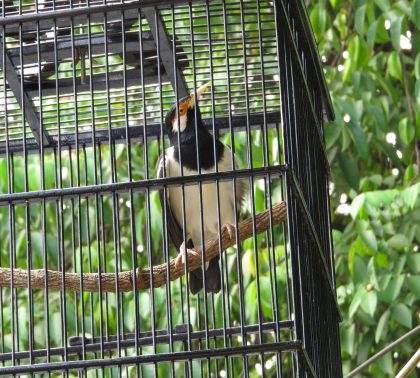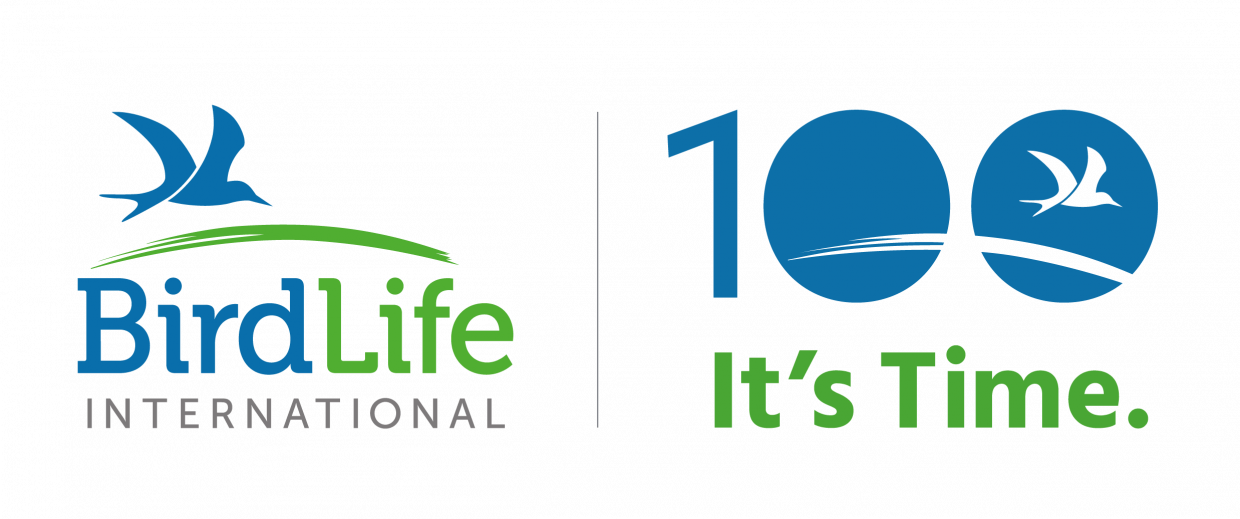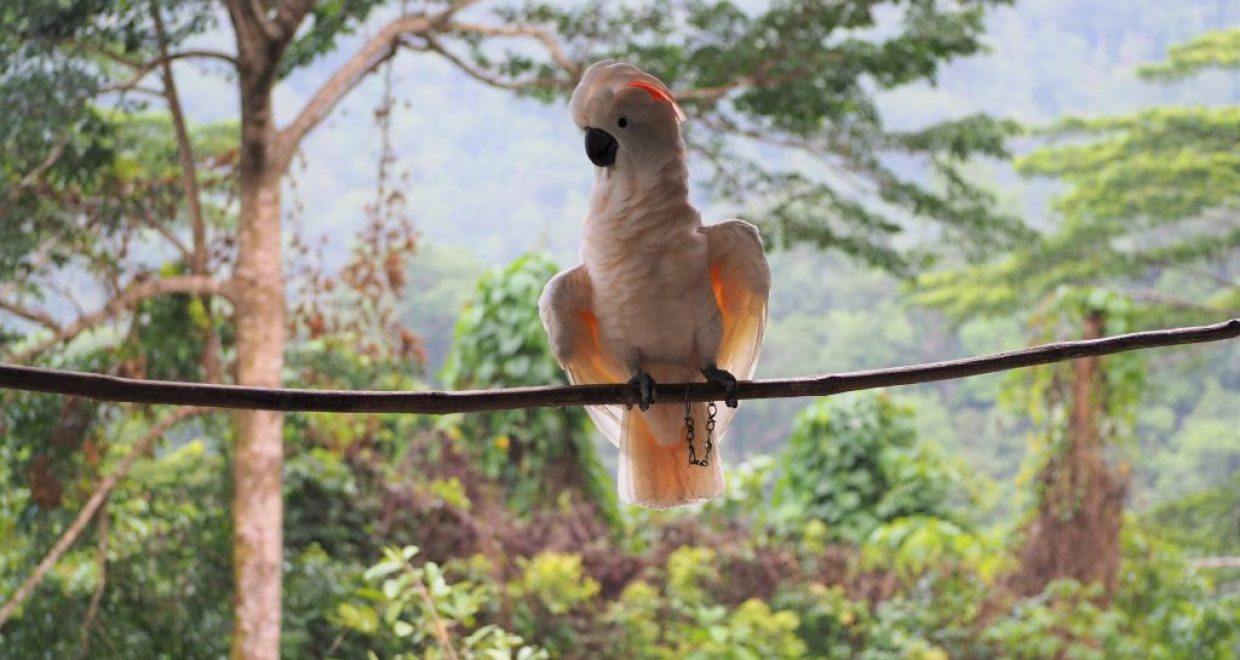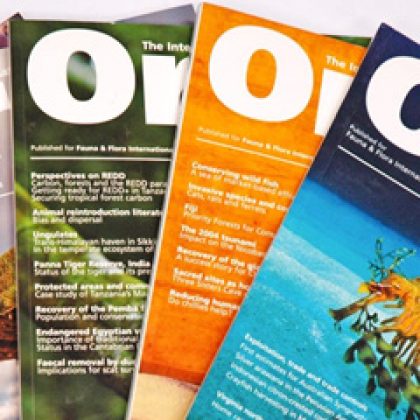Wild Bird Trade
Direct exploitation of organisms has been recognised as the second biggest driver of global extinction risk, and over a third of all bird species may be affected by international trade. Trade in living or dead birds taken from the wild is a multi-billion dollar industry that represents a major direct threat to the survival of many species and is a source of invasive species and zoonotic diseases. However, it has also been argued that trade may be sustainable in some areas, making important contributions to livelihoods and the viability of natural areas.

Trade in birds is a potential source of infectious human disease outbreaks, including several, such as the highly pathogenic avian influenza H5N1, with the potential to cause global pandemics. Control of trade in wild animals has been identified as a key requirement of strategies to prevent future devastating disease outbreaks like the Covid-19 pandemic. However, data on both trade and diseases in birds are at present insufficient to define comprehensive and specific actions to address this threat.
Trade in wild birds ranges from the capture of birds of prey for falconry, parrots for the pet trade and songbirds to supply domestic pet or meat markets, to the sale of vulture parts for belief-based use and hornbill casques for craft markets. There is evidence that the rate of offtake of wild birds for trade is increasing rapidly in some places. In South-East Asia, it has driven formerly abundant birds including several laughingthrush (Leiothrichidae), starling and myna (Sturnidae) species, as well as Straw-headed Bulbul Pycnonotus zeylanicus, Helmeted Hornbill Rhinoplax vigil and many others, close to extinction.

Efforts are intensifying to tackle what is increasingly seen as a global conservation crisis, with concerns documented for a range of bird families elsewhere, particularly in Latin America and Africa. Quantitative information on trends in and impacts of the wild bird trade, and replicable methods to collect and analyse it, are urgently needed to underpin ambitious conservation strategies and plans.
While some aspects of the bird trade are regulated through CITES (the Convention on International Trade in Endangered Species of Wild Fauna and Flora), Parties to this Convention have themselves recognised the need for more research into the international trade in birds. BirdLife International and Partners within and beyond the Cambridge Conservation Initiative are currently undertaking a quantitative global review of trade in wild birds, and the first conclusions are expected later in 2022.
All these topics and more are covered in this month’s fifth centenary collection of BCI papers, made freely available by Cambridge University Press for a limited period to mark the 100th anniversary of BirdLife International. The release of this collection comes in the lead up to the 19th Conference of the Parties to CITES in Panama in November 2022, where decisions vital to the conservation of many traded bird species will be taken.
Roger Safford, Preventing Extinctions Programme Coordinator, BirdLife International







